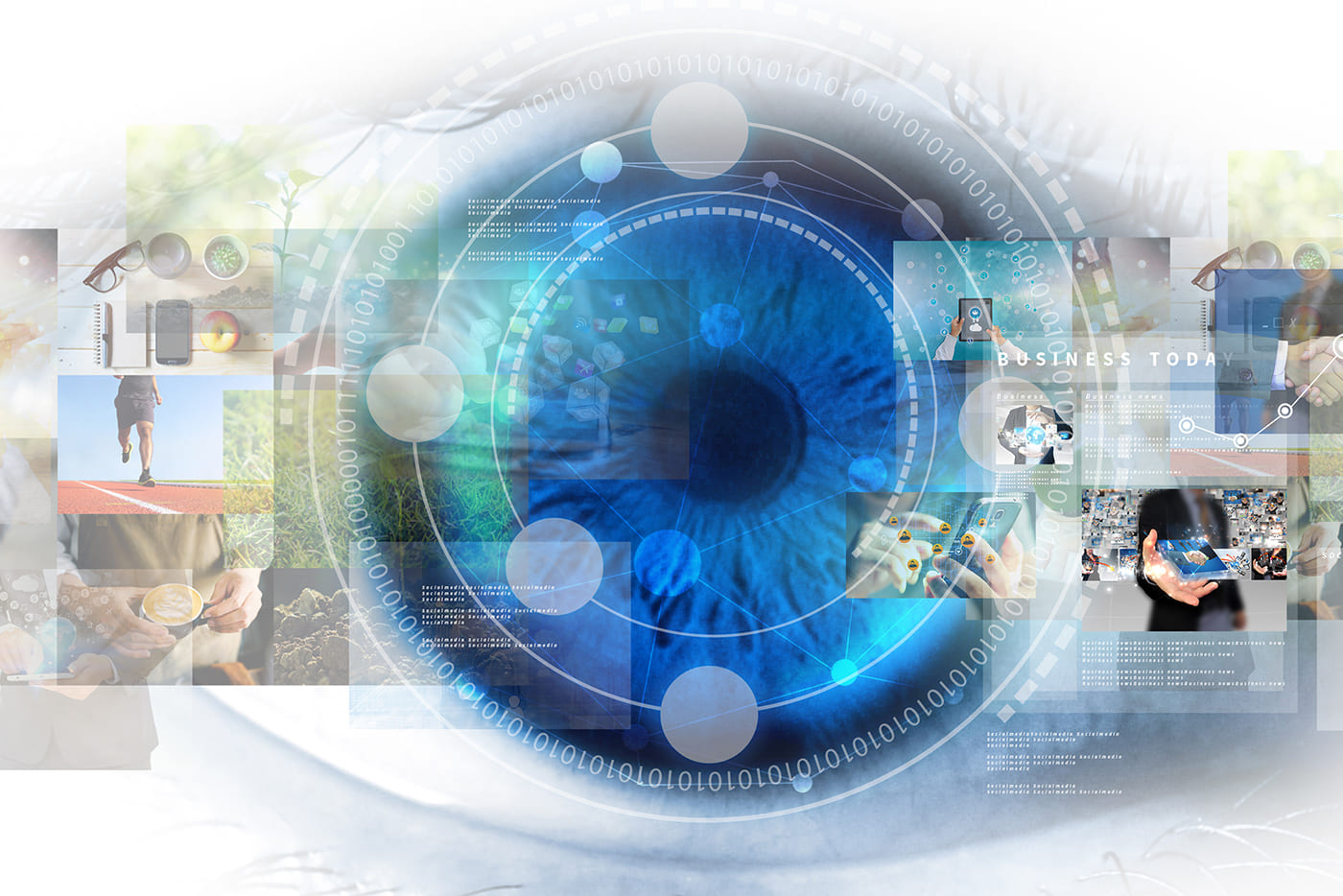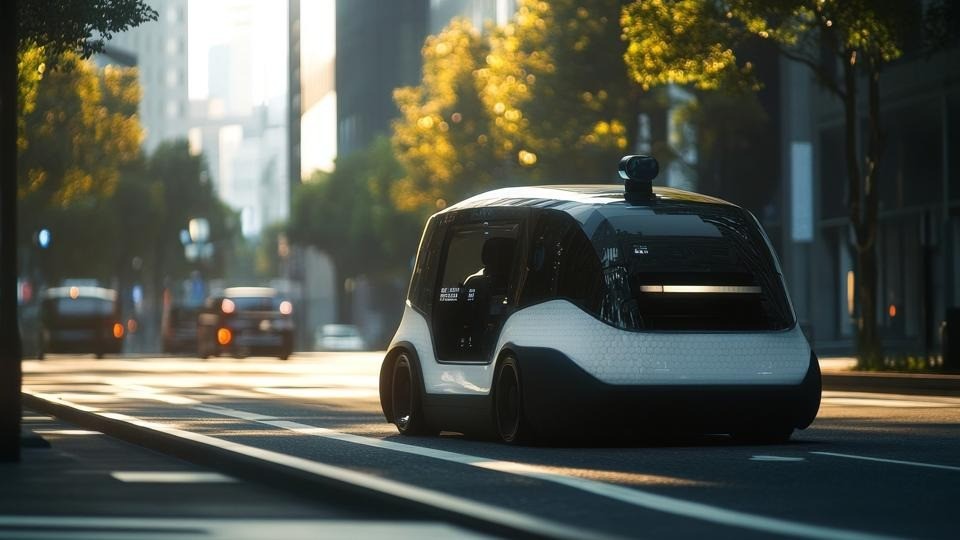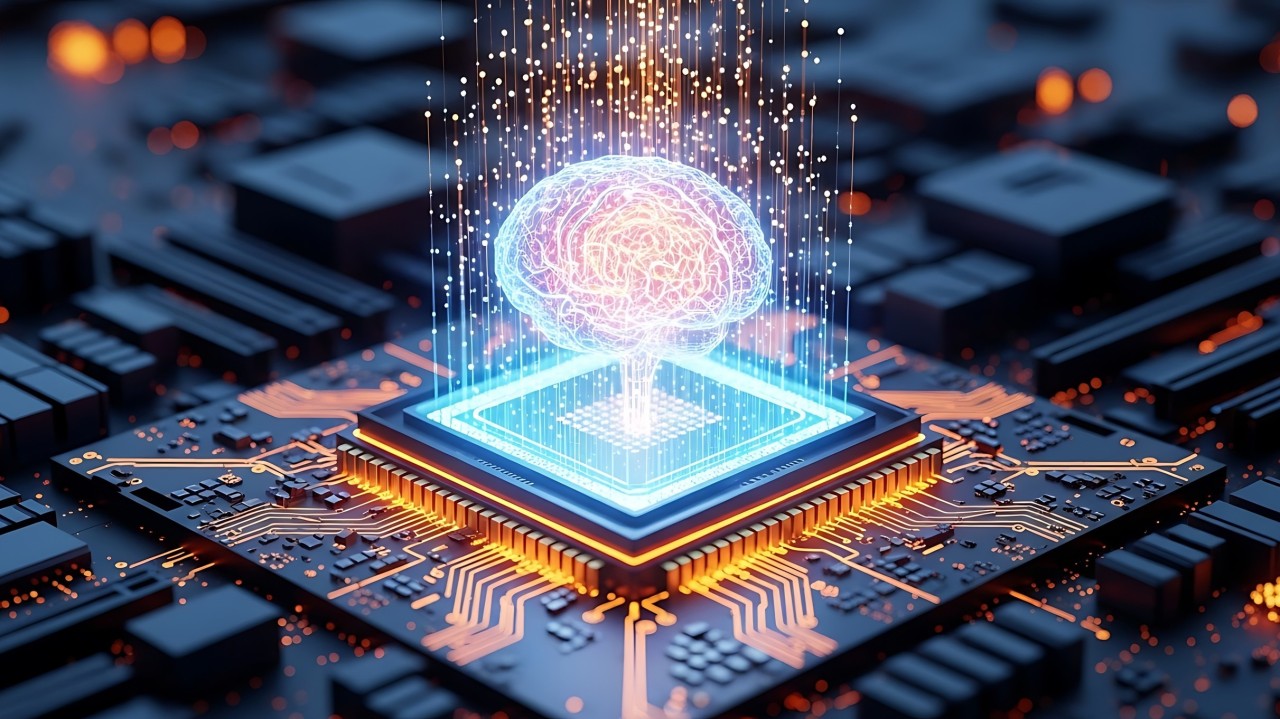The 5 Biggest Computer Vision Trends In 2022
15 March 2022
Computer vision (sometimes called machine vision) is one of the most exciting applications of artificial intelligence. Algorithms that are able to understand images – both pictures and moving video – are a key technological foundation behind many innovations, from autonomous, self-driving vehicles to smart industrial machinery and even the filters on your phone that make the pictures you upload to Instagram look more pretty.

Along with language processing abilities (natural language processing, or “NLP”) its fundamental to our efforts to build machines that are capable of understanding and learning about the world around them, just like we do. Generally, it involves applications powered by deep learning – neural networks trained on thousands, millions or billions of images until they become experts at classifying what they can "see."
The value of the market in computer vision technology is predicted to hit $48 billion by the end of 2022 and is likely to be a source of ongoing innovation and breakthroughs throughout the year. So let’s take a look at some of the key trends we’ll be following involving this fascinating technology:
Data-centric computer vision
Data-centric artificial intelligence is based on the idea that equal, if not more, focus should be put into optimizing the quality of data used to train algorithms, as is put into developing the models and algorithms themselves. Championed by Andrew Ng – renowned pioneer of deep learning – this newly emerging paradigm is relevant across AI disciplines but particularly so in the field of computer vision. Some of the first deep learning-based based image recognition models were developed by Dr. Ng at Google, with the purpose of training computers to recognize pictures of cats, and they are particularly dependent on the quality of the data they are fed, rather than just the quantity. This focus on iteratively improving the quality of labeling – using automated techniques of extracting and labeling data – will allow computer vision technology to be applied to problems where far less data is available, potentially lowering the cost (in terms of money as well as compute resources) and opening up many new potential use cases.
Computer vision in health and safety
A key use case for computer vision is spotting dangers and raising alarms when something is going wrong. Methods have been developed for allowing computers to detect unsafe behavior on construction sites – such as workers without hard hats or safety harnesses, as well as monitor environments where heavy machinery such as forklift trucks are working in proximity to humans, enabling them to be automatically shut down if someone steps into their path. With 2.7 million injuries caused due to workplace accidents every year, according to the US Bureau of Labor Statistics, this is an area where businesses are increasingly investing in order to reduce the human and financial costs caused by oversight or inattentiveness. Of course, preventing the spread of illness caused by viruses is also an important use case these days, and here computer vision technologies are increasingly being deployed to monitor compliance with social distancing requirements, as well as mask-wearing mandates. Computer vision algorithms have also been developed during the current pandemic in order to assist with diagnosing infection from chest x-rays by looking for evidence of infection and damage to images of lungs.
Computer vision in retail
Shopping and retail are other aspects of life where we are sure to notice the increasing prevalence of computer vision technology during 2022. Amazon has pioneered the concept of cashier-less stores with its Go grocery stores, equipped with cameras that simply recognize which items customers are taking from the shelves. More branches will open throughout 2022, and other retailers will jump on the bandwagon, including Tesco, which will open the UK’s first checkout-free supermarket.
As well as relieving humans of the responsibility of scanning purchases, computer vision has a number of other uses in retail, including inventory management, where cameras are used to check stock levels on shelves and in warehouses and automatically order replenishment when necessary. It's also been used to monitor and understand the movement patterns of customers around stores in order to optimize the positioning of goods and, of course, in security systems to deter shoplifters. Another increasingly popular use case involves allowing customers to get information on products by scanning barcodes using their mobile phones. In fashion retail, one particularly fun application of computer vision is the “virtual fitting room," which allows shoppers to virtually try on items without touching them – cameras in the mirror simply superimpose images of the clothing on the mirror’s reflection, and can even identify products customers are trying on and suggest matching accessories to go with them.
Computer vision in connected and autonomous cars
Computer vision is an integral element of the connected systems in modern cars. Although our first thoughts might be of the upcoming autonomous vehicles, it has a number of other uses in the existing range of “connected” cars that are already on the roads and parked in our garages. Systems have been developed that use cameras to track facial expressions to look for warning signs that we may be getting tired and risking falling asleep at the wheel. As this is said to be a factor in up to 25% of fatal and serious road accidents, it’s clear to see that measures like this could easily save lives. This technology is already in use in commercial vehicles such as freight trucks, and in 2022 we could see it start to make its way into personal cars too. Other proposed uses for computer vision in cars that could make it from drawing board to reality include monitoring whether seatbelts are being worn and even whether passengers are leaving keys and phones behind as they leave taxis and ride-sharing vehicles.
Of course, computer vision will play a big part in self-driving, too – current thinking is that it will be the most important on-board element of autonomous navigation. Tesla announced this year that its cars will rely primarily on computer vision rather than lidar and radar, which use laser and radio waves, respectively, to build a model of the car’s environment.
Computer vision at the edge
Edge computing describes systems where computation is carried out as close as possible to the data source. It’s a term that’s used in contrast to the paradigm of cloud computing, where data is collected via sensors and sent to centralized servers for storage and processing. In the domain of computer vision, it is an increasingly useful concept, as computer vision systems often do jobs where action needs to be taken immediately (think of the use cases mentioned in this article under safety and autonomous driving), and there simply isn't time for data to be sent to the cloud!
As well as the increases in speed that can be achieved, edge computing in relation to computer vision has important implications for security – an important factor to consider as businesses and individuals face tighter scrutiny and regulation over the way video data is captured and used. With edge devices such as computer vision-equipped security cameras, data can be analyzed on the fly and discarded if there is no reason for it to be kept, for example, if no suspicious activity is detected.
Related Articles
Flying Taxis And Self-Driving Trucks Arrive In 2026: 6 Transport Trends To Watch
By now, “smart” versions exist of just about every home appliance, gadget and gizmos we can think of. However, manufacturers continue[...]
Technology in Action: My Key Takeaways on How AI and Quantum Are Accelerating Global Transformation
By now, “smart” versions exist of just about every home appliance, gadget and gizmos we can think of. However, manufacturers continue[...]
Sign up to Stay in Touch!
Bernard Marr is a world-renowned futurist, influencer and thought leader in the fields of business and technology, with a passion for using technology for the good of humanity.
He is a best-selling author of over 20 books, writes a regular column for Forbes and advises and coaches many of the world’s best-known organisations.
He has a combined following of 4 million people across his social media channels and newsletters and was ranked by LinkedIn as one of the top 5 business influencers in the world.
Bernard’s latest book is ‘Generative AI in Practice’.






Social Media